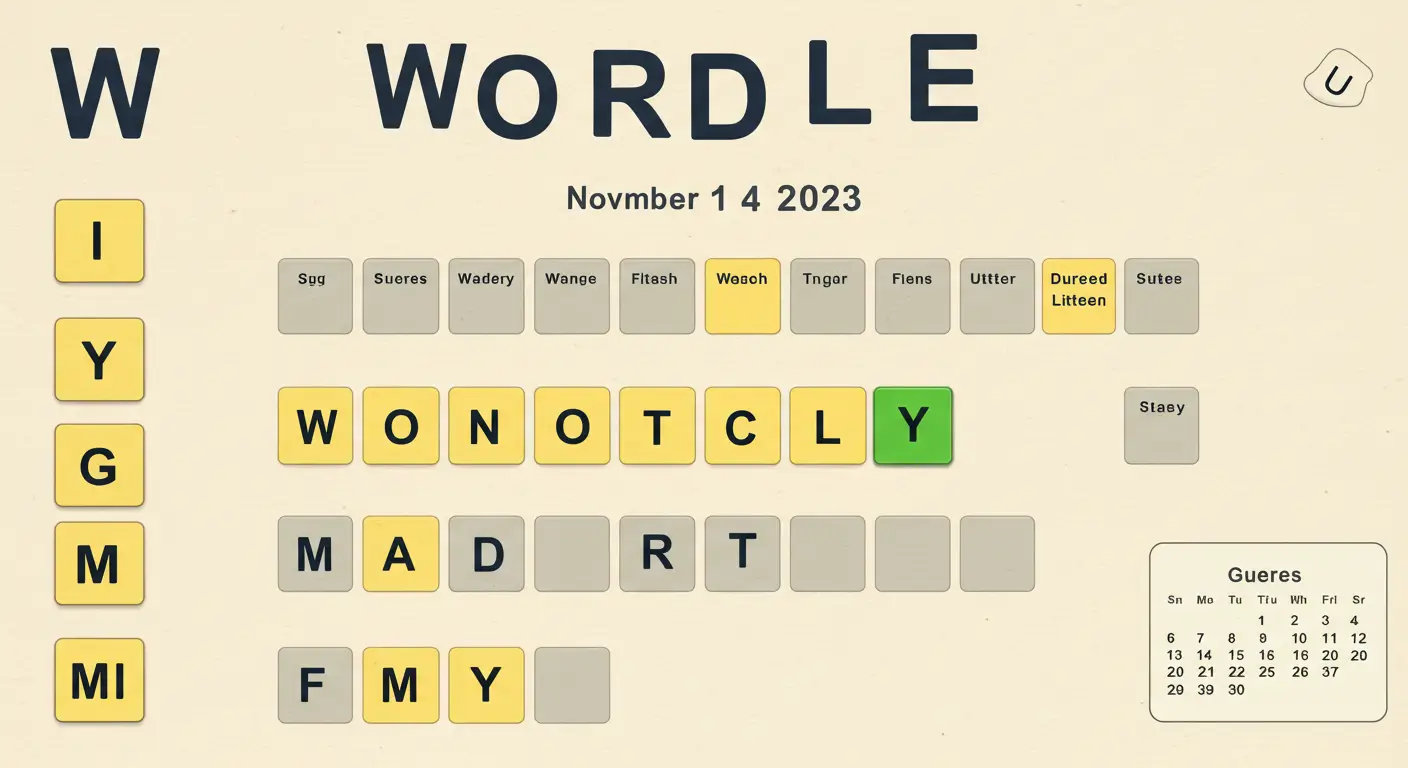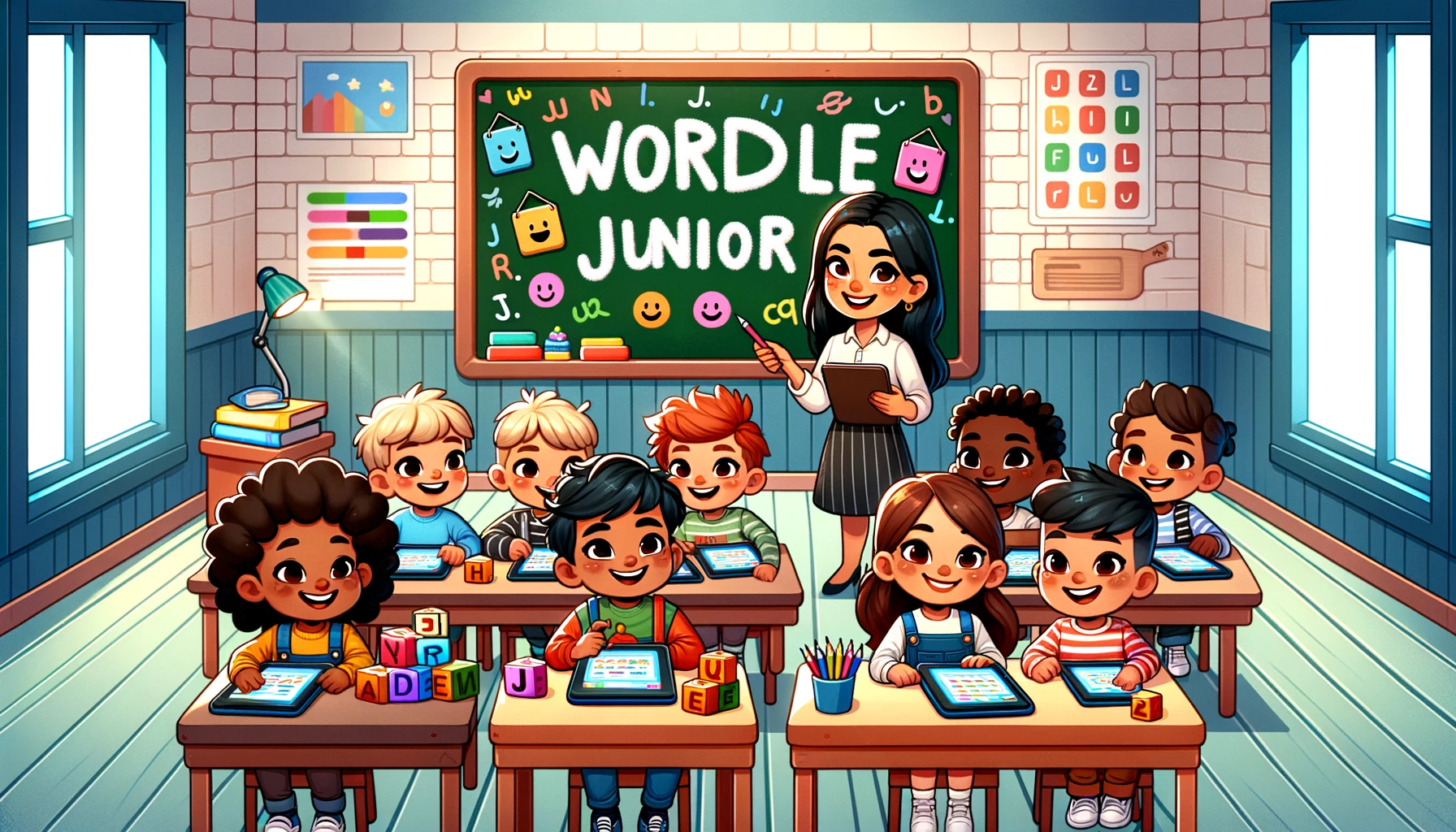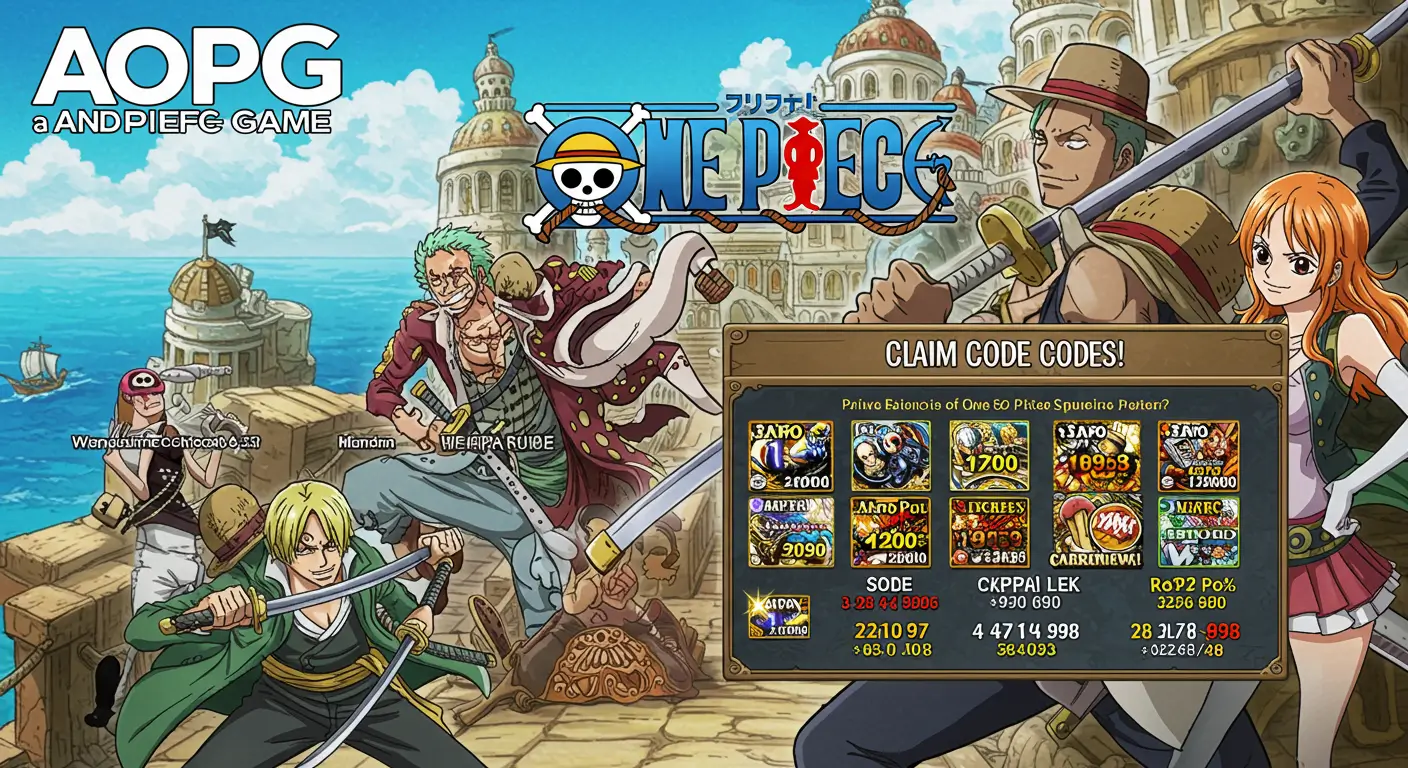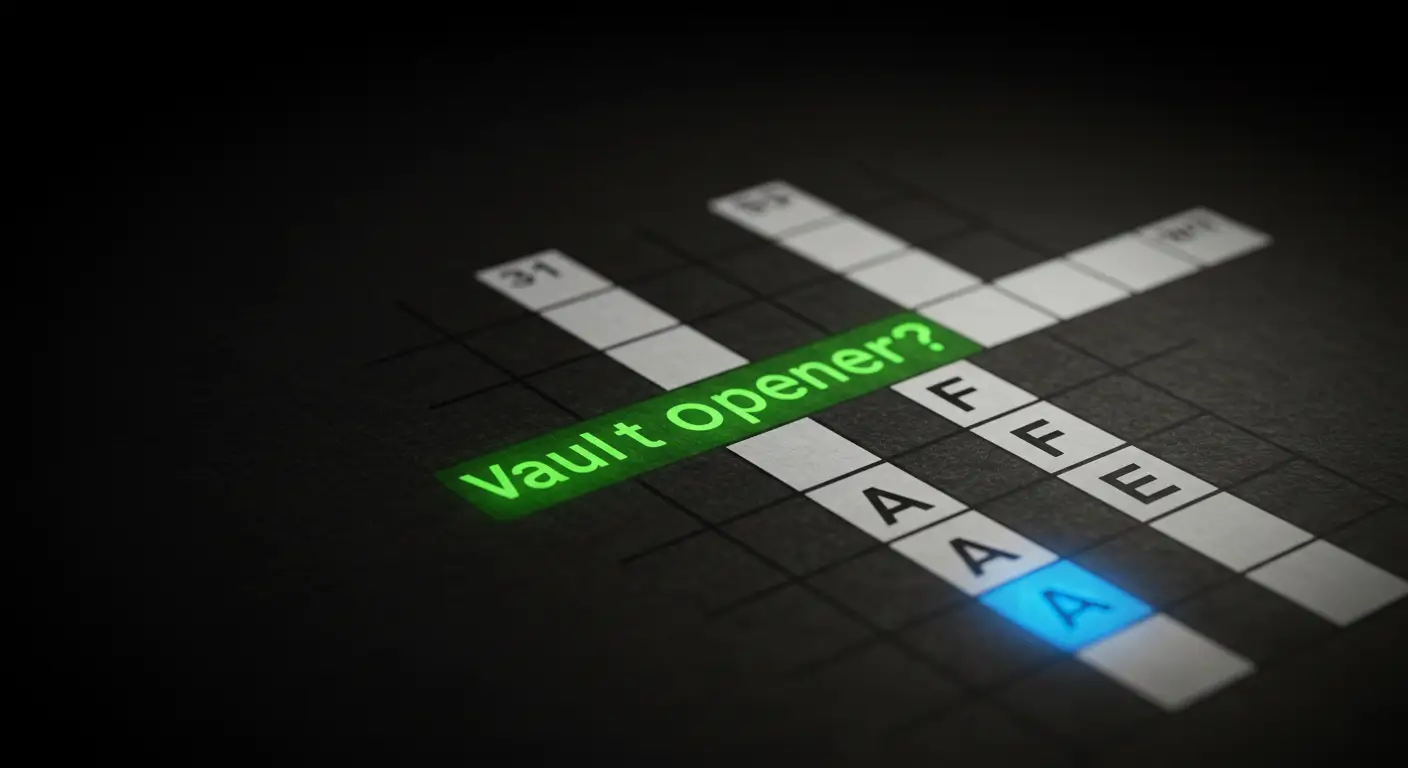The New York Times crossword is a staple for many puzzle enthusiasts around the globe. It’s known for its wit, cultural relevance, and the delightful aha! Moments it induces. One such moment is when solvers begin to understand or catch on to the clues given. Today, we delve deeper into the nuances of solving strategies, especially focusing on the phrase “begins to understand, with ‘on to'” as a recurring theme in NYT crossword puzzles.
Table of Contents
The Art of Solving Crosswords: Begins to Understand, with On to
Crossword puzzles are a test of wit, vocabulary, and lateral thinking. They often require solvers to think unconventionally, using puns, hidden meanings, or unusual wordplay. The phrase “begins to understand, with ‘on to'” epitomizes this transition from confusion to clarity. It’s when the solver’s mind leaps from not knowing to a position of knowledge, often accompanied by a sense of achievement.
Historical and Cultural Relevance of the Clue
The phrase “begins to understand, with ‘on to'” originates in broader linguistic and cultural contexts. It signifies the moment of realization or catching on to something not immediately apparent. This phrase, often seen in the New York Times crossword, captures that transition’s essence and has become a fascinating subject for crossword aficionados.
Techniques for Deciphering ‘Begins to Understand, with ‘On to”
- Contextual Reading: Often, the surrounding clues provide context that can lead to an understanding of the more complex or obscure clues. It’s about seeing the bigger picture and how different elements of the puzzle interact with each other.
- Pattern Recognition: Regular solvers begin to recognize patterns or common themes in clues. Understanding how constructors play with words or misdirection can be key to catching on.
- Break it Down: Sometimes, breaking the clue into parts can help. Look at “begins to understand” and “with ‘on to'” separately, then see how they might connect.

Examples and Anecdotes
Involving real examples from past NYT crosswords where “begins to understand, with on to” or similar phrases have been used can illustrate the thrill of the solve. Often, these moments, shared among the solving community, bring solvers back day after day.
Begins to understand, with “on to” Crossword Clue Answer is…
🟩🟩🟩🟩🟩
Answer: COTTONS
🟩🟩🟩🟩🟩
Conclusion: The Joy of ‘Getting It’
Ultimately, the joy of solving a crossword puzzle lies in these moments of understanding. The phrase “begins to understand, with ‘on to'” is emblematic of the journey from confusion to clarity that all crossword enthusiasts know and love. It’s not just about the solution but the journey there – the mental gymnastics, the laughs, and sometimes, the frustrations. Each crossword puzzle is a narrative in itself, and “begins to understand, with ‘on to'” is a repeating motif in the storied history of the New York Times crossword.
Encouragement to Engage with NYT Crosswords
For those inspired to take on the challenge of the New York Times crossword, remember that “begins to understand, with ‘on to'” is just one of many phrases you’ll learn and come to appreciate. Each clue solved is a story of victory, a language understood, and puzzles pieced together. Becoming an adept solver is as rewarding as the puzzles themselves.
FAQs on “Begins to Understand, with On to” in NYT Crossword Puzzles
1. What does “begins to understand, with ‘on to'” mean in crossword puzzles?
- “Begins to understand, with ‘on to'” typically when a solver realizes the answer to a clue or understands the trick behind the question. In crossword lingo, it’s the transition point from being puzzled to grasping the solution.
2. How often does this type of clue appear in NYT Crosswords?
- While there’s no set frequency, variations of the phrase or the concept of coming to an understanding are fairly common in crossword puzzles, including those in The New York Times. The exact wording or clue might vary, reflecting the puzzle’s theme or difficulty level.
3. Are there any specific strategies for solving these types of clues?
- Yes, some strategies include looking for synonyms of “understand” or “on to”, considering the puzzle’s theme, and checking cross clues for confirmation. It often requires a bit of lateral thinking and an appreciation for wordplay.
4. Can beginners tackle these clues effectively?
- Absolutely! While it might take some practice, beginners can learn to recognize and solve these clues. Starting with simpler puzzles and working up to more challenging ones, like those in The New York Times, can build the necessary skills and intuition.
5. Why are these clues significant in crossword puzzles?
- These clues are significant because they often represent a turning point in the solving experience. They can be cleverly designed and satisfying to solve, contributing to the overall enjoyment and challenge of the puzzle.










